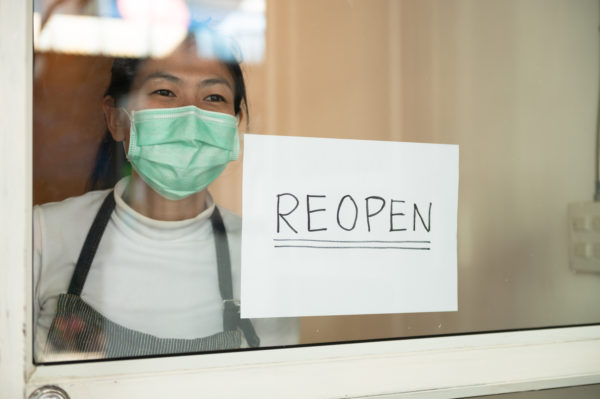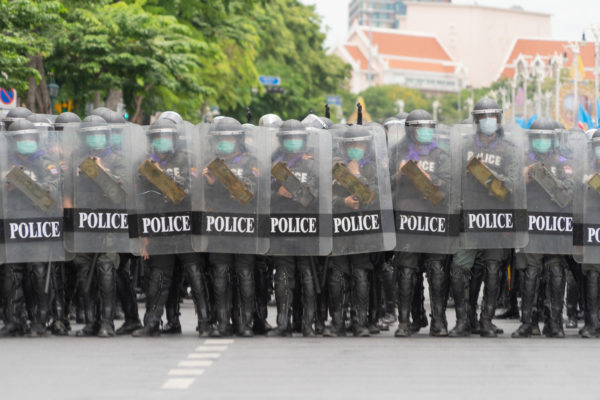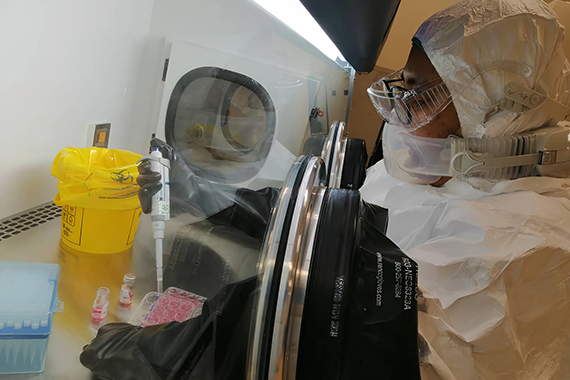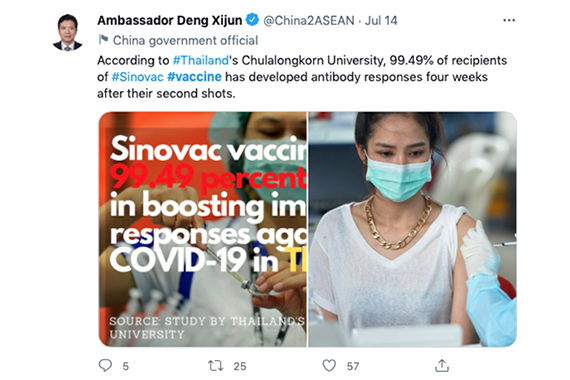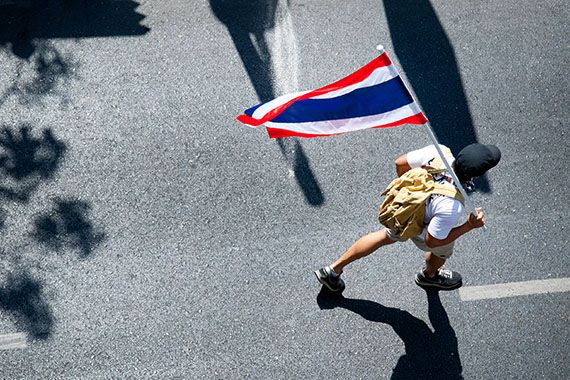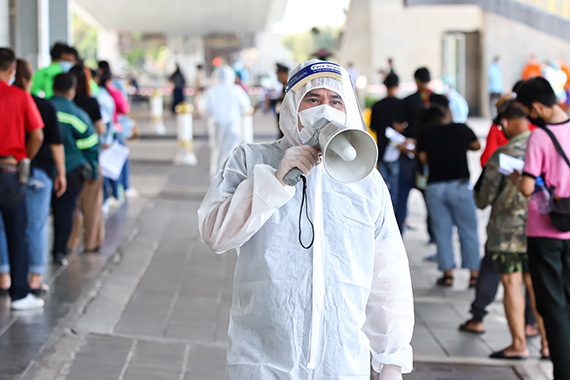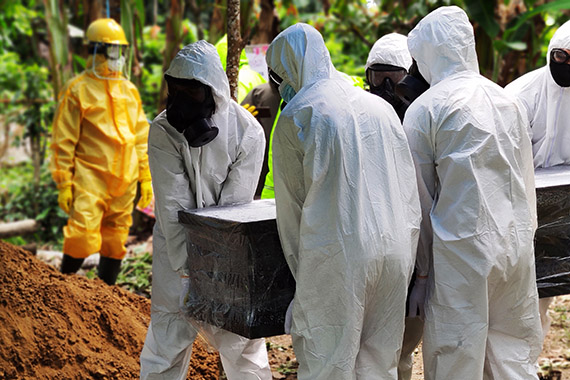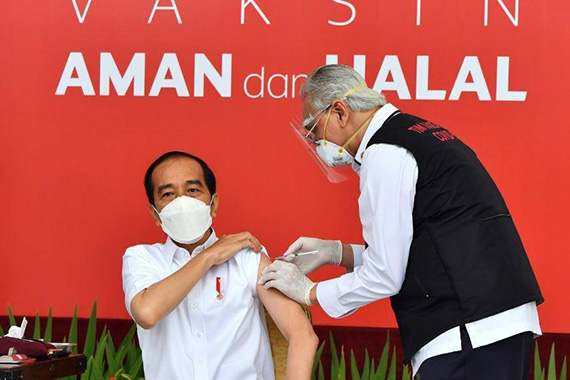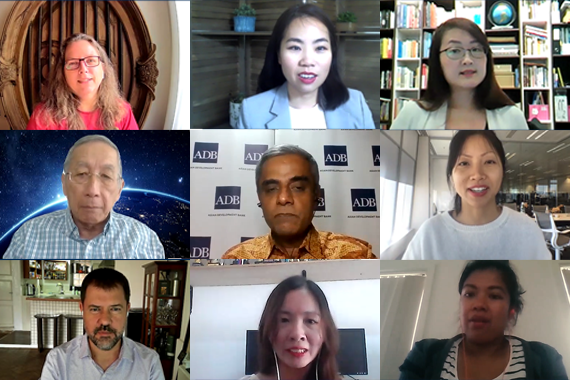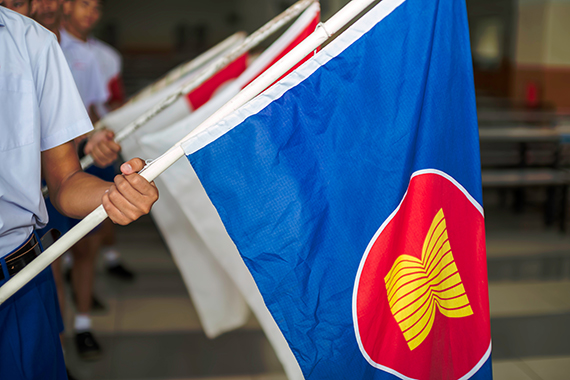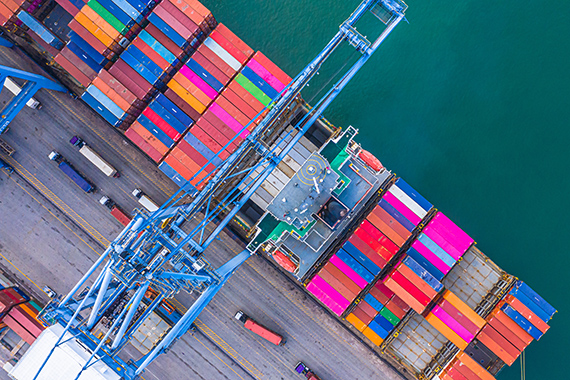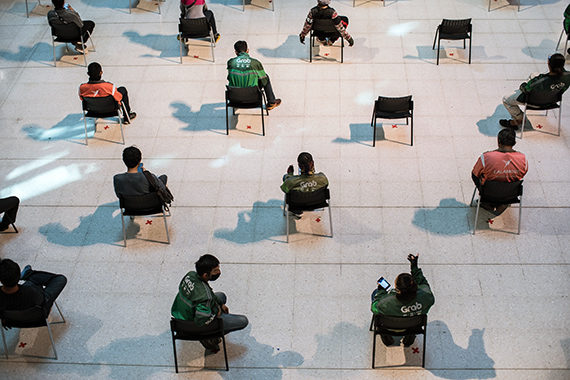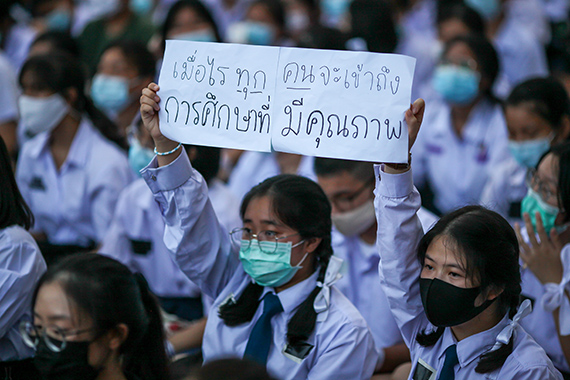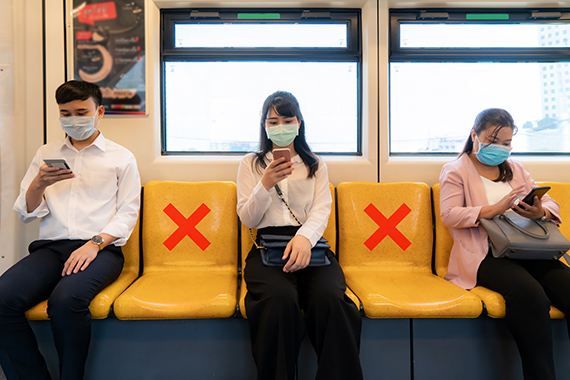A Green Recovery in Southeast Asia
By Patrick Suckling
Published on 9th November 2020
Read in 3 minutes
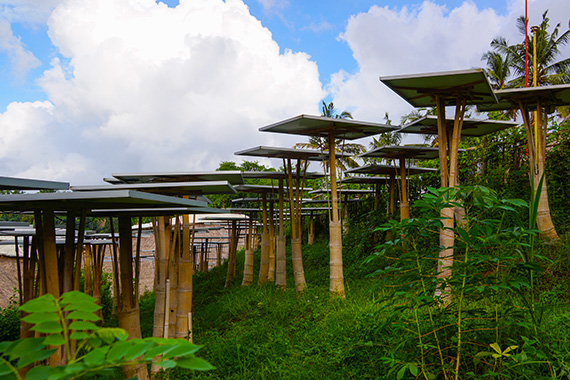
Solar cell tree in Bali, Indonesia – Rattanamanee Patpong -Shutterstock
There is a significant opportunity for Southeast Asian countries to benefit from economic recovery investments and policies that both support economic growth and jobs and the transition to lower emissions, more climate resilient economies. The EU is leading by example, with its €750 billion stimulus package that will invest heavily in energy efficiency, bolstering renewable energy, accelerating hydrogen technology, rolling out clean transport, improving agricultural production, water and waste management, and constructing more sustainable homes and buildings.
The logic is strong. This year is on track to set another record for warming. Addressing climate change remains one of the region’s most pressing challenges. Unless addressed, worsening climate change will see increasingly adverse economic impacts, many of which are already evident across countries in the region, whether from damage due to climate driven natural disasters, falling agricultural productivity under heat and water stress or rising seas threatening livelihoods of significant coastal populations [1].
Economic recovery investments across the region will help shape the future of the regional economy for decades to come. These pathways to the future will be counter-productive if they lock-in higher emissions that threaten rather than spur economic development.
Climate related investments will also in many cases offer the best prospects for economic recovery. That is partly why the International Monetary Fund (IMF), Organisation for Economic Cooperation for Development, International Energy Agency and World Bank are strongly encouraging green recovery stimulus [2]. Research by the Oxford Smith School of Enterprise and the Environment assessing different government support measures against speed of implementation, economic impact and social welfare identifies five types of stimulus measures as particularly effective for economic recovery: clean infrastructure investment; building efficiency retrofits; investing in the land sector; green training and development; and, clean R&D investment [3].
The Management consultancy McKinsey recently found that government spending on renewable energy technology creates five more jobs per million dollars than spending on fossil fuels [4] . Decarbonisation investments often provide stronger economic growth prospects through higher-longer term productivity from new ideas, technologies, services and efficiencies, with leading examples being the extraordinary growth, falling costs and employment associated with renewable energy, battery storage and electric vehicles. For these reasons, business around the world is also increasingly focused on a double-dividend recovery, such as through the World Economic Forum or the We Mean Business Coalition of around 1300 top corporates globally, with a combined market capitalisation of US$25 trillion [5] .
The impact of COVID-19 has seen estimated losses of regional GDP between 4.6 to 7.2 per cent, with around US$315b in emergency and stimulus spending already invested and billions more in recovery stimulus to come [6]. There are good examples of green recovery investments across the region, anchored by ASEAN’s commitment to generate 23 per cent of the region’s energy from renewable sources by 2025 and evident in recent renewable energy investments in Indonesia, Malaysia and Myanmar. Stimulus packages in a number or countries include green investments such as promoting the circular economy in Indonesia’s National Economic Recovery Plan, supporting sustainable buildings in the Philippines’ “Build Build Build” infrastructure investments, green bonds for infrastructure investment in Thailand and Vietnam’s National Strategy for Green Growth.
However, most stimulus spending and prospective investment across the region is focused on more traditional, carbon-intensive investments. The Asian Development Bank (ADB) and others are urging a different approach, for example in the ADB’s recently released Green Financing Strategy for Post COVID-19 Economic Recovery in South East Asia [7]. Southeast Asia risks missing a golden opportunity, at the cost of economic growth and jobs now and well into the future, especially as global competitors and counterparts pull ahead on decarbonisation and climate transition as the world shifts to a net-zero emissions, more climate resilient global economy.
[1] IPCC AR5 Synthesis Report: Climate Change 2014; IPCC 1.5 Degree Special Report
[2] Notable examples include international organisations such as the UN, IMF, World Bank and IEA, multinational companies such as BP, Shell and Total, and governments in Germany, the UK, Canada, the UEA, South Korea and the EU.
[3] https://www.smithschool.ox.ac.uk/publications/wpapers/workingpaper20-02.pdf
[4] https://www.mckinsey.com/featured-insights/coronavirus-leading-through-the-crisis/charting-the-path-to-the-next-normal/can-a-low-carbon-recovery-agenda-create-jobs-and-help-the-economy#
[5] https://www.wemeanbusinesscoalition.org/
[6] Asian Development Bank, International Monetary Fund
[7] ADB Green Financing Strategy for Post COVID-19 Economic Recovery in South East Asia
Patrick Suckling is a Senior Fellow at the Asia Society Policy Institute; Senior Partner at Pollination, a specialist climate investment and advisory firm; and was Australia’s Ambassador for the Environment.
